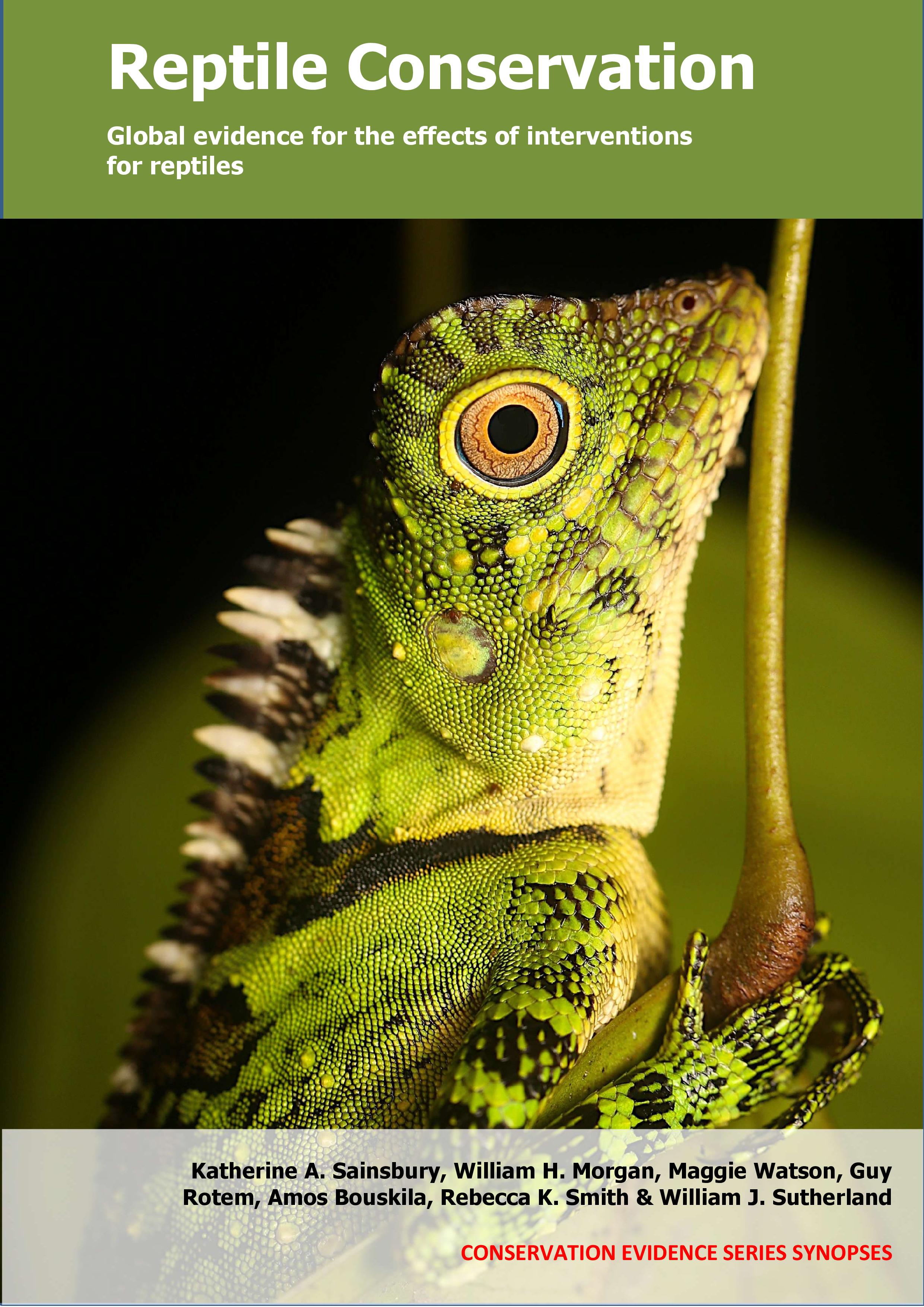Prevent access to livestock water feeders
-
Overall effectiveness category Awaiting assessment
-
Number of studies: 1
View assessment score
Hide assessment score
How is the evidence assessed?
-
Effectiveness
not assessed -
Certainty
not assessed -
Harms
not assessed
Study locations
Supporting evidence from individual studies
A replicated, randomized, controlled, before-and-after study in 2014–2016 in three areas of desert shrub and grassland in south-western Morocco (Pleguezuelos et al. 2017) found that adding mesh covers to ground-level livestock water feeders resulted in fewer reptiles and amphibians being trapped. Ground-level water feeders with in and outflow openings covered by wire mesh trapped fewer reptiles and amphibians (17% of feeders; 0.3 individuals trapped/feeder) compared to water feeders without wire mesh covers attached (36% of feeders; 0.8 individuals trapped/feeder). Before mesh covers were attached, numbers of reptiles and amphibian species trapped were similar amongst all feeders located in the same areas (see original paper for details). Rectangular concrete, roofed, ground-level water feeders (‘cisterns’, all <15 years old) designed to capture rainwater for livestock were surveyed in three zones (168–212 km2) in the north-western Sahara Desert (24 feeders/zone). Water inlet and overflow openings were covered with wire mesh on 12 randomly selected feeders/zone. All feeders were surveyed for reptiles and amphibians once before mesh was applied in November 2014 (zones 1 and 2) or October 2015 (zone 3) and again either four times in June 2015–April 2016 (zones 1 and 2) or twice in March–April 2016 (zone 3). All dead and live reptiles and amphibians found inside feeders were recorded.
Study and other actions tested
Where has this evidence come from?
List of journals searched by synopsis
All the journals searched for all synopses
This Action forms part of the Action Synopsis:
Reptile Conservation
Reptile Conservation - Published 2021
Reptile synopsis





)_2023.JPG)














